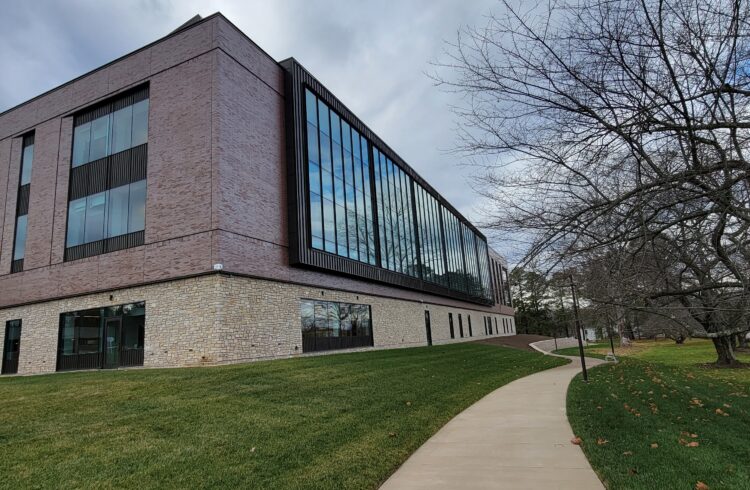
Each year, physicians at the University of Virginia Health System’s Stroke Center race against time in caring for nearly 500 patients. Thanks to new imaging procedures and cutting edge devices, they have increased the time interval during which a patient can be successfully treated for clot-caused strokes from three hours to eight.
In the 1990s, the FDA approved tPA (tissue plasminogen activator) for treating ischemic – or clot-caused – strokes, the most common type of stroke in the U.S. The approval came after research showed tPA is effective in alleviating short-term and long-term stroke symptoms when given intravenously within three-hours after symptoms begin. This timeframe has become the national standard for initiating stroke treatments.
“When tPA is administered as an intravenous injection, the three-hour time limit must be observed. However, placing tPA directly on a clot opens up a longer treatment window,” explains Mary E. (Lee) Jensen, M.D., director of interventional neuroradiology services and a member of the multidisciplinary team at UVa’s Stroke Center.
Using imaging equipment, UVa specialists can locate a clot and place tPA directly on it through an arterial catheter. “We snake a small catheter into the brain vessel, put it directly into the clot and administer the drug,” she says. One clinical trial using a clot-busting drug, pro-urokinase, showed that intra-arterial treatment can re-establish blood flow to the brain. This intervention was beneficial to certain patients up to six hours after the onset of their stroke symptoms.
A more recent advancement being used at UVa is the MERCI retriever, a tiny corkscrew shaped device that can remove clots from major brain vessels. “We insert this device into an artery in the groin and, using imaging equipment, we guide it into the brain until it reaches the blood clot,” Dr. Jensen says. “With the retriever, we can snare the clot and remove it from the vessel.” The MERCI retriever is FDA approved and is useful in retrieving clots that cause strokes for up to eight hours after symptoms begin.
“No matter how effective our therapies become, timely treatment remains the real key to saving lives,” Dr. Jensen cautions.
Karen C. Johnston, M.D., a professor of neurology and a stroke specialist at UVA adds, “When people have stroke symptoms, the most important thing they can do is call 911 and get to the hospital as quickly as possible. If they get here fast enough, UVa may be able to offer therapy that can reverse their stroke. Our specialized stroke team offers treatment options not available at other places”
Certified as a Primary Stroke Center in 2005 by the Joint Commission on Accreditation of Healthcare Organizations (JACHO), UVa has a multidisciplinary team dedicated to the diagnosis, prevention and treatment of acute stroke. Staff specialties include vascular neurology, diagnostic and interventional neuroradiology, and vascular neurosurgery.
Within its service region, UVa has the only Certified Primary Stroke Center and is the only provider offering all FDA approved therapies as well as advanced stroke imaging, interventional neuroradiology procedures, and investigational medical and surgical therapies on a 24-hour, seven-day a week basis.


